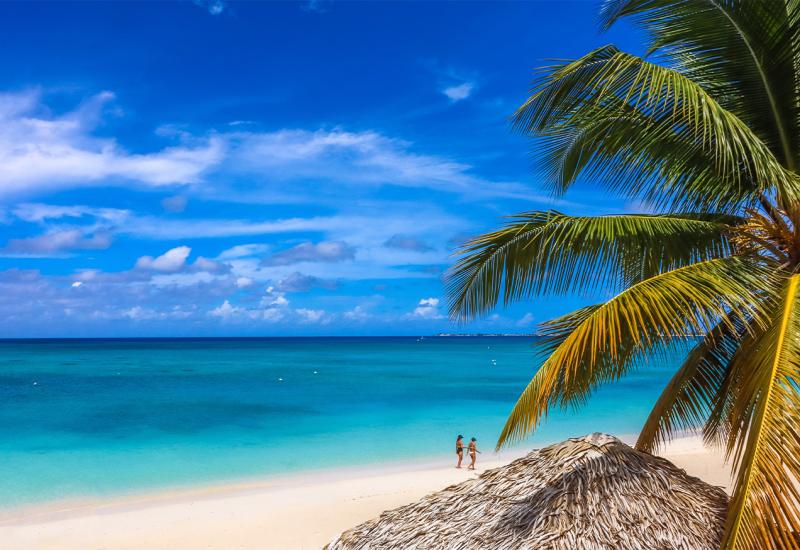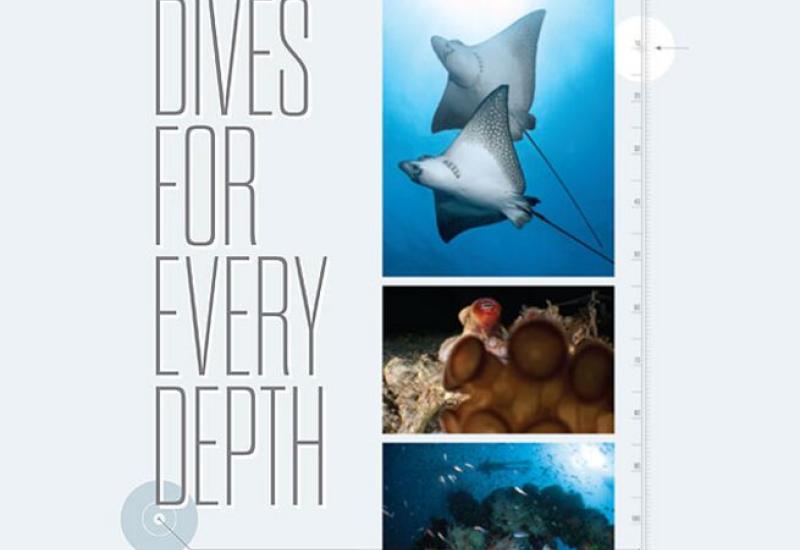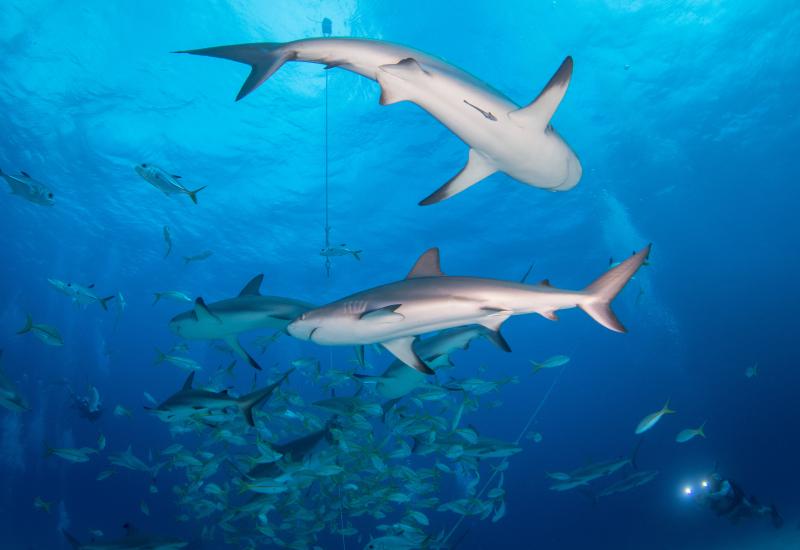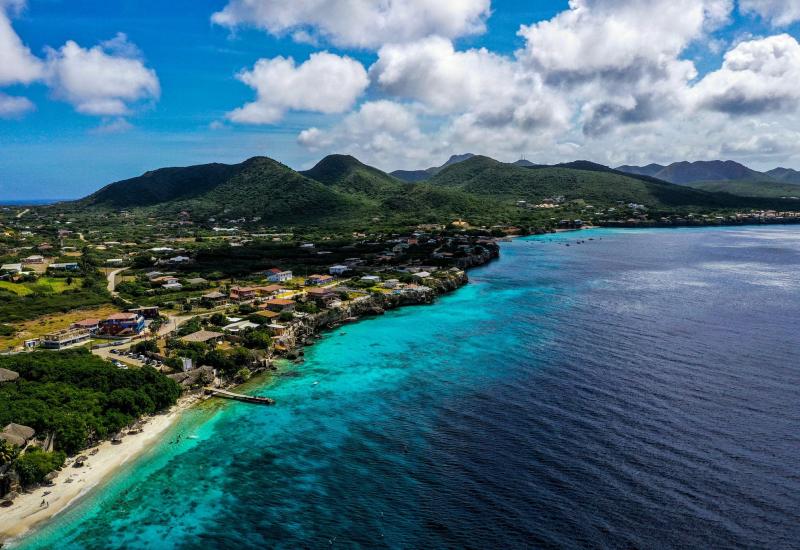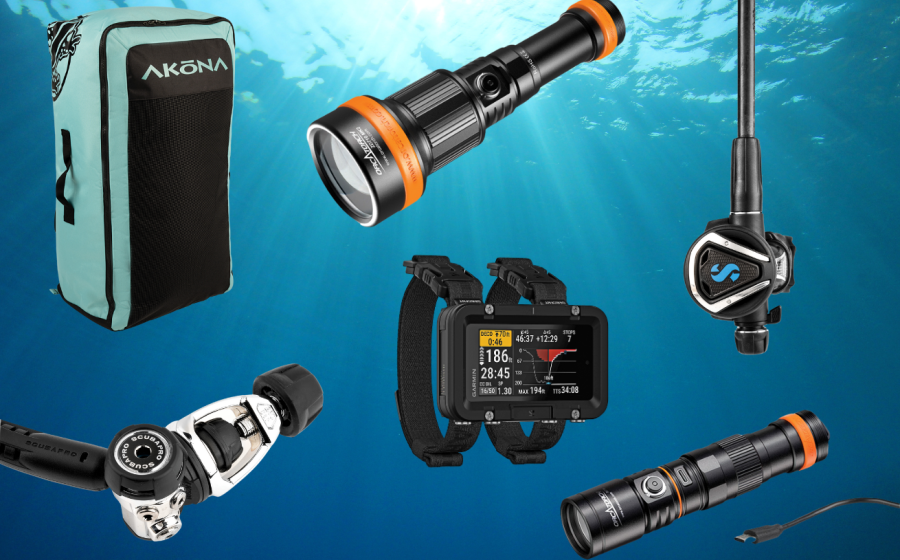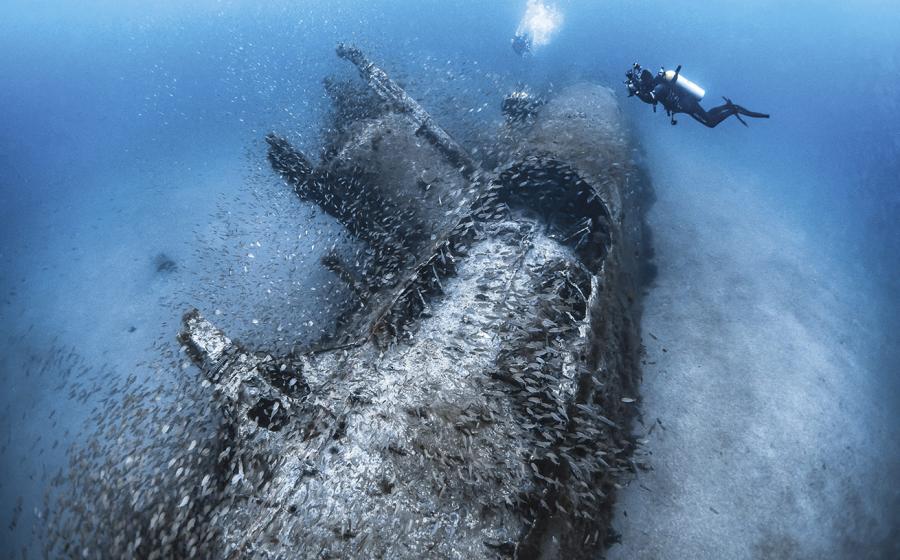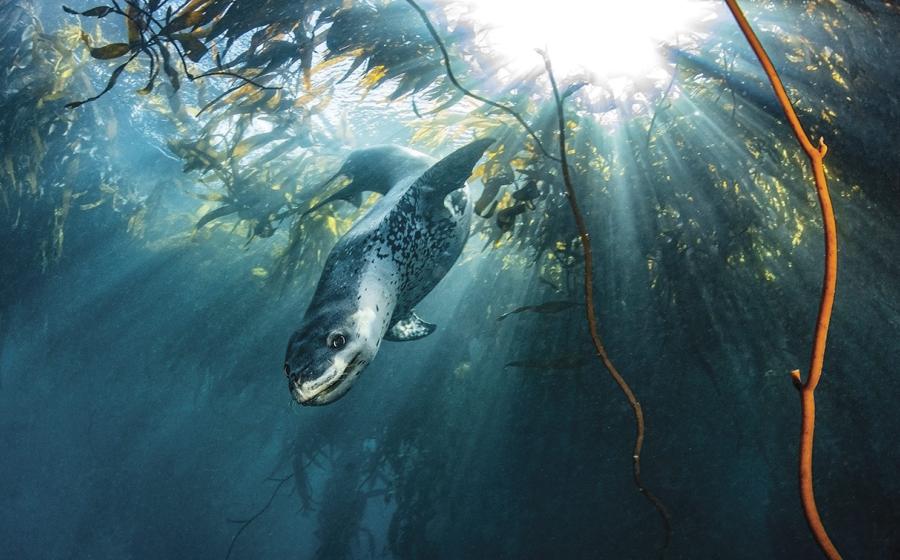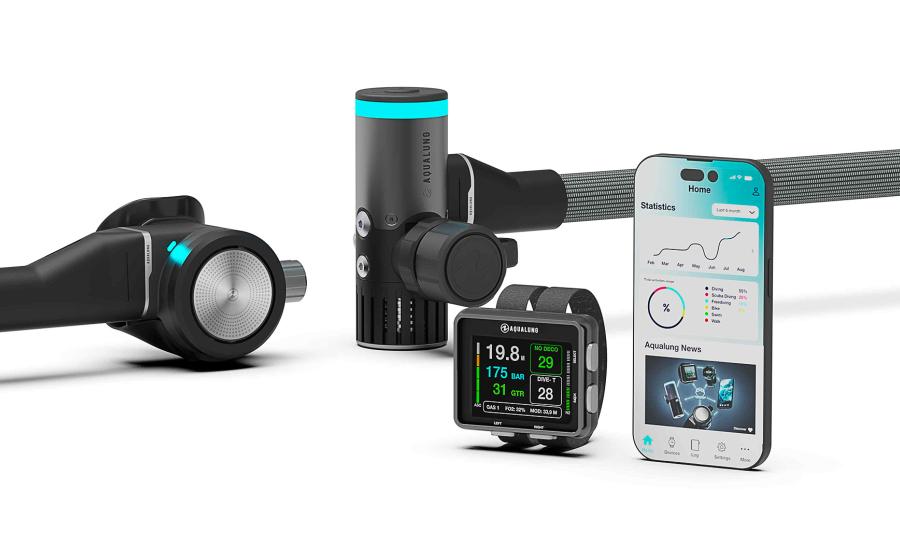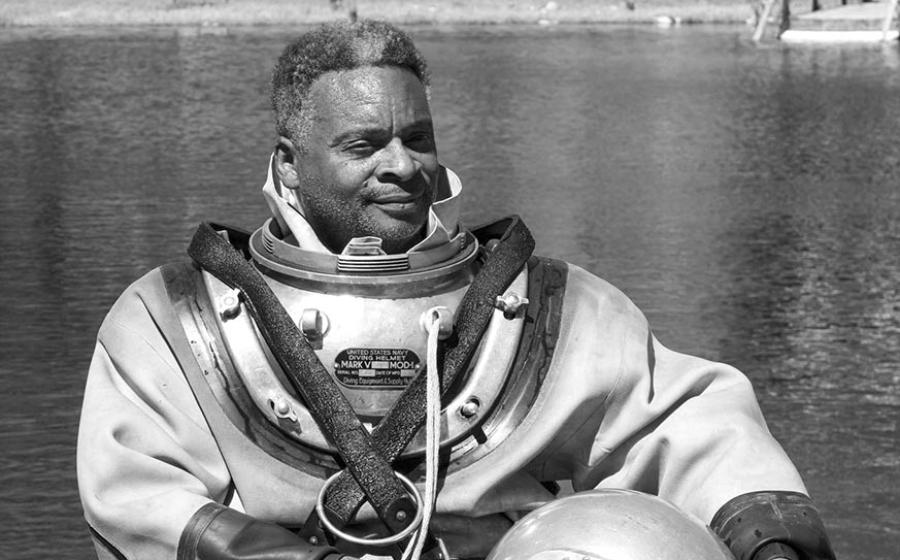World's Best Coral Reefs for Scuba Diving
Among the most beautiful ecosystems in the world, coral reefs are threatened by rising sea temperatures and human effects. Take a look at what we’re at risk of losing.
Fiji
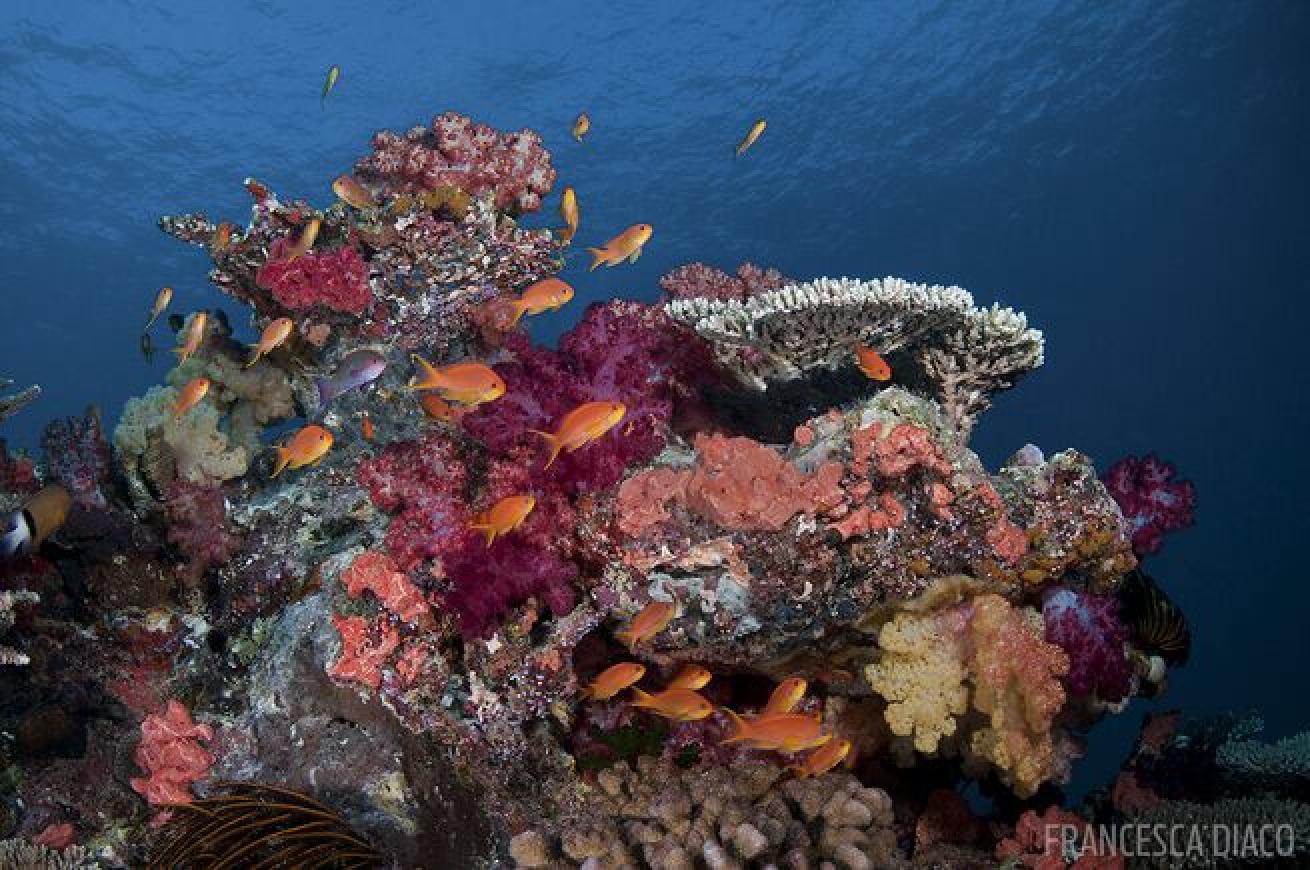
Francesca DiacoSoft corals thrive off Fiji's islands
Fiji’s soft corals are so trumpeted that it’d be easy to overlook the hard stuff — that is, until you take that first plunge. Fiji’s reefs are dense, with soft and hard corals packed tightly together like high-rise residents. Life overlaps. Soft corals cascade overtop antler and star corals, next to anemones and crinoids, next to boulder and fan corals. Together, they create mountains of life — some rising with enough verticality that divers can swim through the middle where tunnels form, such as that of the dive site known as Joe’s Best off Beqa, a satellite of Fiji’s main island Viti Levu. Or try the nearby site John’s Tunnel, where soft corals line the interior of the passageway, waving like the arms of dancers in a Soul Train line. beqalagoonresort.com
Red Sea
“The reason corals here are so healthy is the abundance of nutrients coming in off the desert,” says Wayne Hasson, president of Aggressor Fleet. “That, and there is always a current.” Currents not only brush corals clean of sediment, but they also serve as conveyor belts carrying in the zooplankton to nourish reefs. “Places in the world that don’t have current have corals that don’t grow as quickly,” says Hasson. The result: a clear view of the Red Sea’s thriving coral gardens. aggressor.com
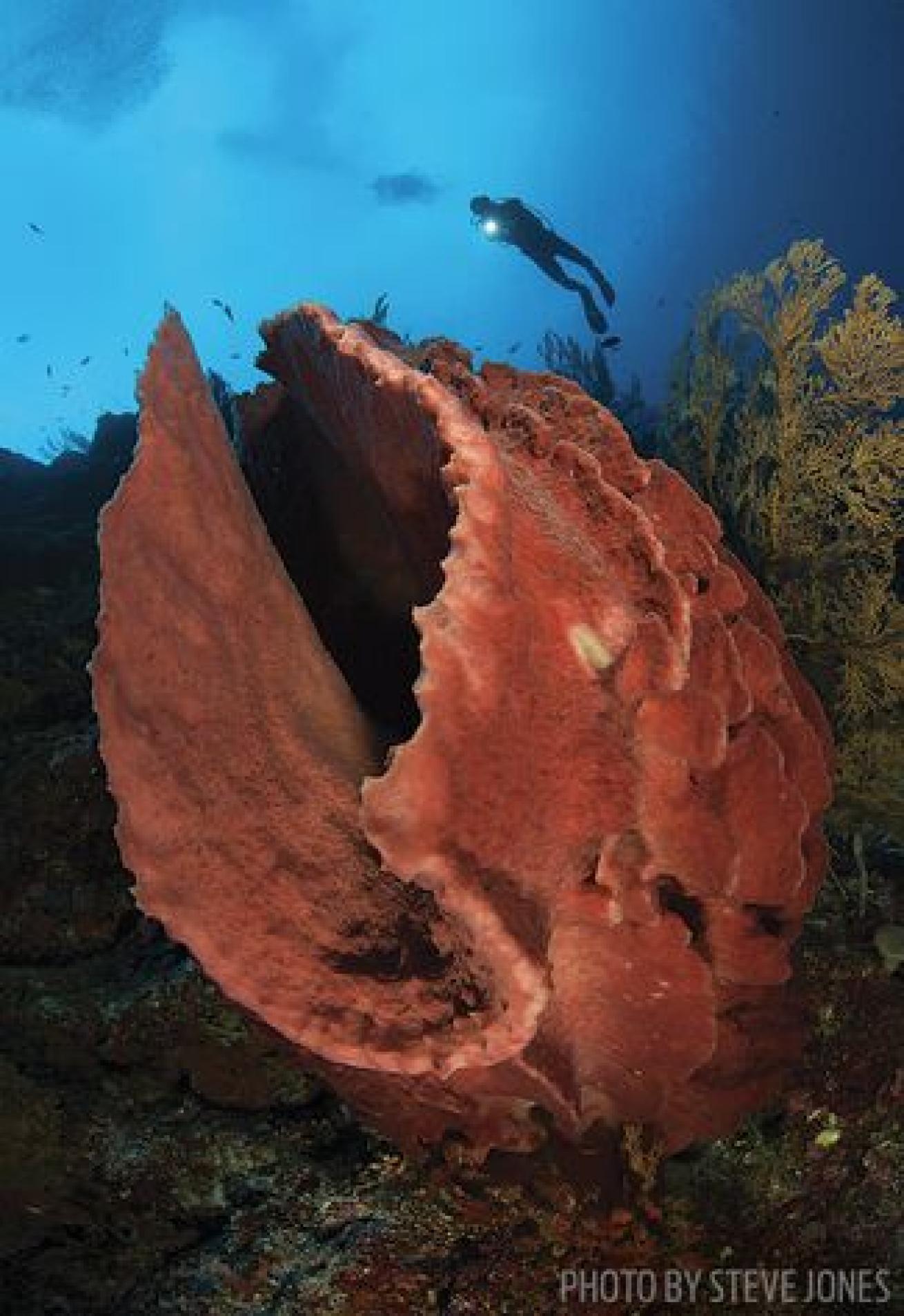
Steve JonesA large barral coral off Tubbataha, Philippines
Philippines
With more than 400 marine protected areas, the Philippines archipelago is making large strides toward saving its reefs. To date, the best example of those efforts can be found off Apo Island, found in the southern half of this archipelago nation, and whose marine park was founded in 1982. The measures began to ensure the livelihood of the local fishermen, and resulted in a return of life not just among the jacks and snapper, but among the plate and table corals as well as the sea fans. sirenfleet.com
Palau
Perhaps more than any other South Pacific dive destination, Palau — found west of the Philippines and north of Papua New Guinea — has the greatest ecosystem diversity per square mile. From marine lakes to mangroves and lagoons to fringing reefs, its underwater wilds pack countless scenery changes, making it little surprise that more than 700 coral species call Palau home. samstours.com
Bonaire
It’s home to the Caribbean’s first marine park, established in 1979 — making it no surprise that Bonaire’s coral reefs rank among the Caribbean’s healthiest. “In general, what you find on any Bonaire dive site is a high density of corals,” says Bart Linders, instructor with Buddy Dive Resort. Moreover, the ABC islands, which include Aruba and Curaçao, lie outside the Hurricane Belt. Buddy Dive has been working with the Coral Restoration Foundation since 2012 to encourage regrowth of elkhorn and staghorn corals at shallow depths, where they are susceptible to waves. “Those shallow parts are covered again in corals,” says Linders. “It’s slow, but we are really seeing success.” buddydive.com
Great Barrier Reef, Australia
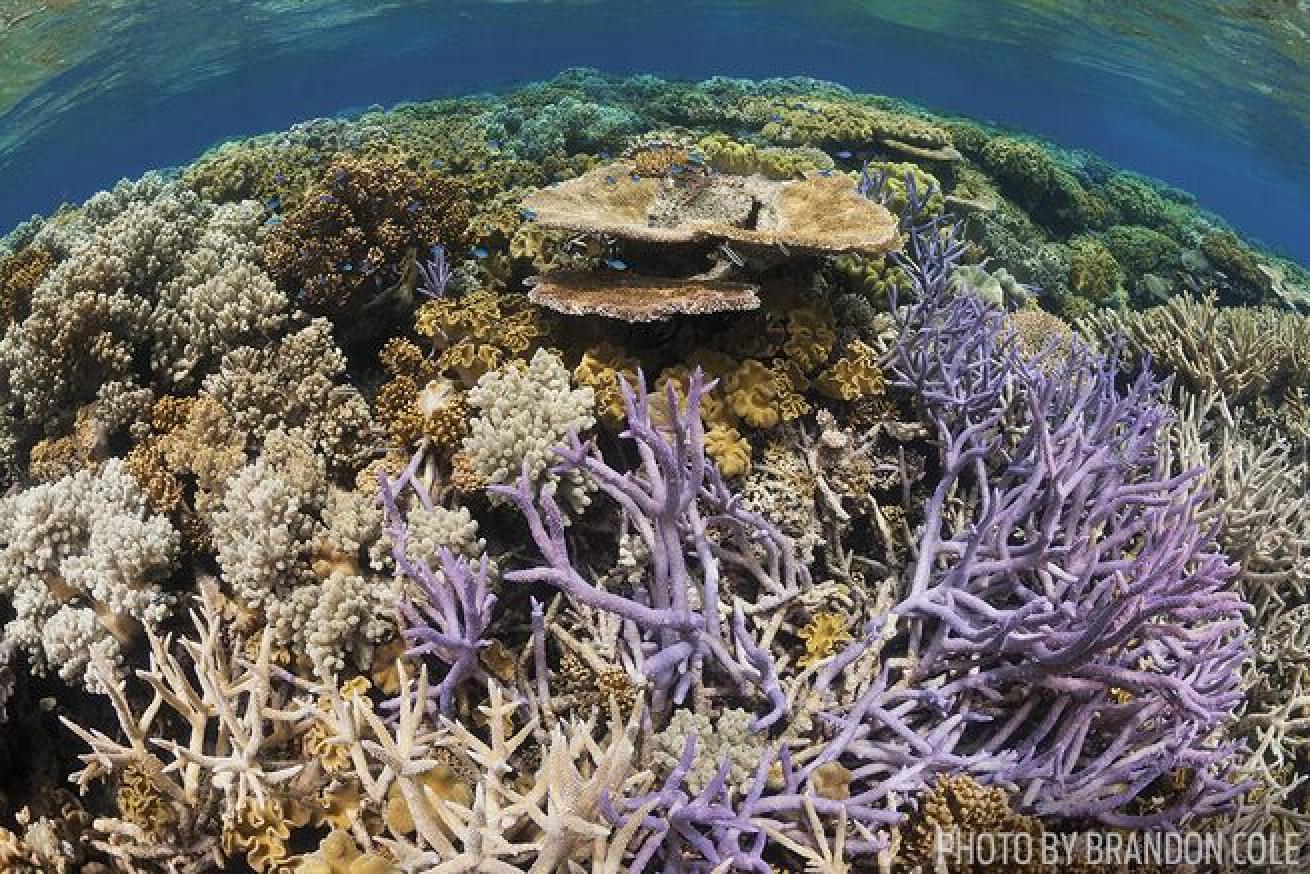
Brandon ColeHard and soft corals in the Great Barrier Reef Marine Park
This past year saw reports that the Great Barrier Reef died — one magazine went so far as to publish an obituary — and although that degree of degradation can certainly serve as a rally cry for preservation, the results might not be as extreme as reported. As a result of the bleaching, Spoilsport — the Mike Ball Dive Expeditions liveaboard — has altered its itinerary, traveling farther to reach sites much less affected by coral loss. “We leave on a Thursday and get back on a Thursday, and in that time, we travel in excess of 450 nautical miles,” says Mike Ball. “But that distance is spread out over the week. Island resorts don’t have that flexibility.” Osprey Reef’s soft corals — most stretching as tall as the divers coming to see them — haven’t been affected. Says Ball, “We’re still cherry-picking the sites we want to go to.” mikeball.com
Grand Cayman, Cayman Islands
On Grand Cayman, divers aren’t just rewarded with sights including old-growth forests of antler corals on the south shore, they’re also treated to the natural phenomenon of spawning in September. Although the spectacle of eggs and sperm meeting in the water column happens everywhere there’s coral, this island is one of the few places where time has been devoted to charting where and when such events occur. What ensues could very well be an ocean performance most resembling a magic trick. Clouds of sperm emerge like smoke. Then eggs are released like confetti, floating upward in the darkness. But even if divers miss the spawn, the sites here are wild with color: oranges, yellows and blues. And the reefs will only grow thicker. This past March, four out of five local dive shops, including Divetech, have begun regrowing staghorn corals. divetech.com
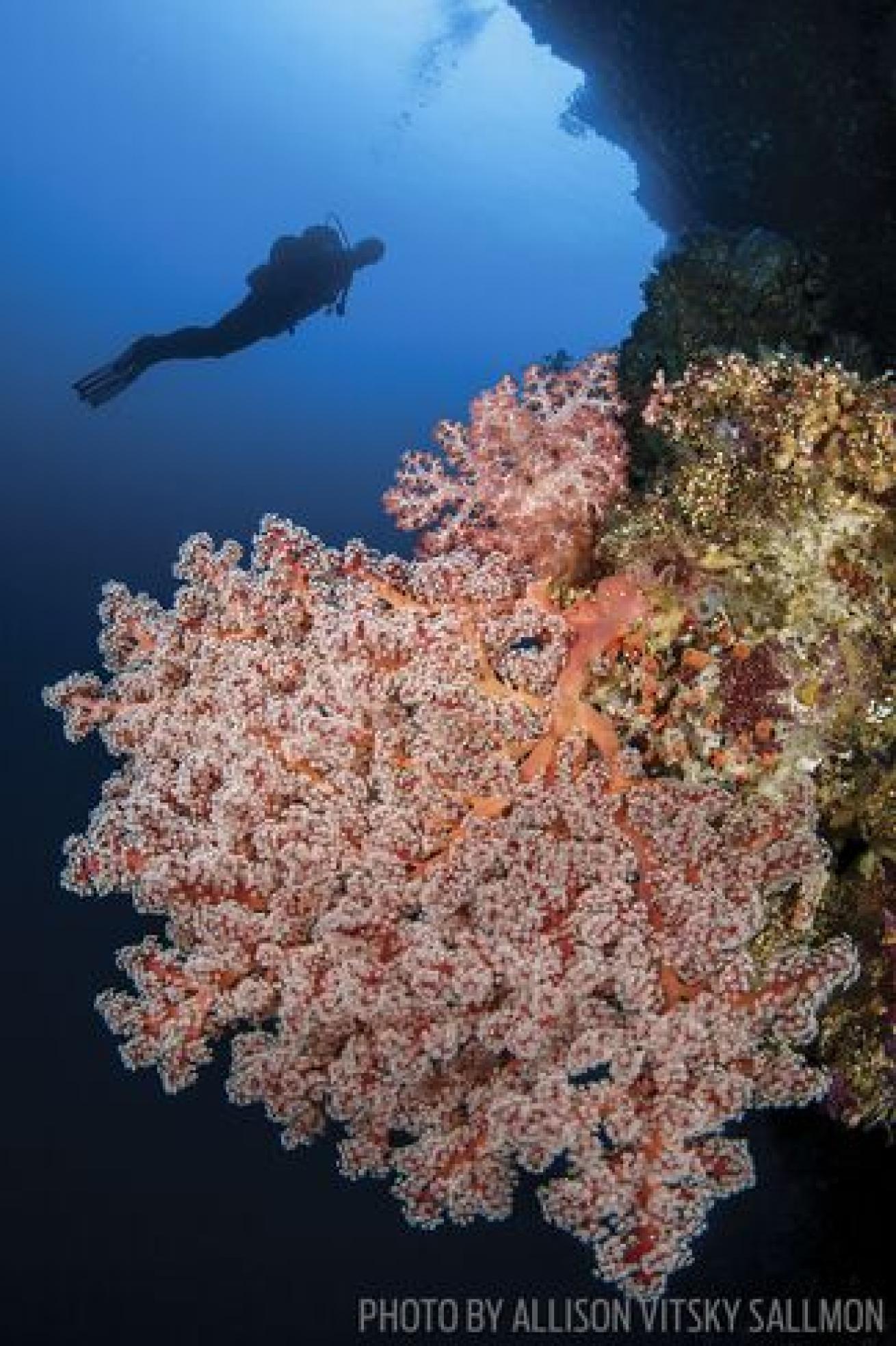
Allison Vitsky SallmonA diver admires the corals in the Solomon Islands
Solomon Islands
Billed as the soft-coral capital of the world, Fiji receives all the attention when it comes to luscious reef cover — but the Solomon Islands could arguably steal the title. These South Pacific islands due east of Papua New Guinea abound in the same pink, red, purple and yellow corals, but with fewer than 30,000 annual visitors, the word simply isn’t spreading as quickly. And, like neighboring Papua New Guinea, the Solomon Islands has yet to see massive development, which, for reefs, means that the corals have yet to see major impact from overpopulation. That’s great news for divers. Nearly every day on a liveaboard trip can include a drop-in at a never-before-seen reef. Says Shannon “Shaz” Kozak, owner of Solomon Dive Expeditions, parent company to the M/V Taka liveaboard, “We have football fields full of soft corals, and towers of organ coral — it’s all so massive.” solomonsdiving.com
Cozumel
The corals of this satellite island off Mexico have been safeguarded from humans by marine-park law since 1996; and they’ve been protected from sediment collection by currents long before Coz became a holiday destination. Palancar Reef — on the southern tip of the island — is draped in tube, great star, table and even elkhorn corals. To see the island’s biggest formations, you need an Advanced Open Water certification to reach the deeper depths of Punta Sur and Columbia. barcelo.com; prodivemex.com
Wakatobi, Indonesia
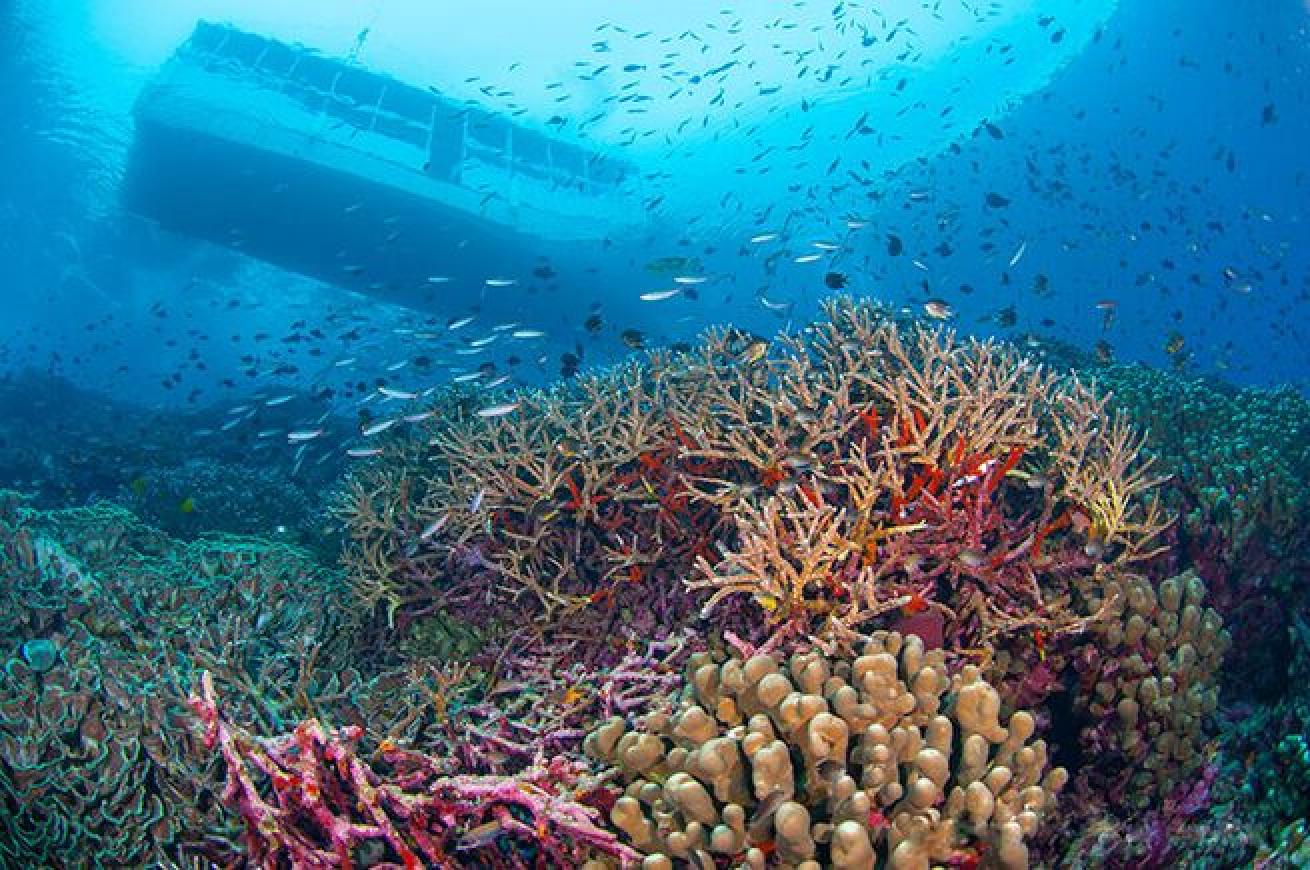
Mathis WeatheralThe gorgeous reefscape at the dive site Zoo is only 5 minutes from Wakatobi Resort's dock.
Wakatobi Resort and its reefs — found in the heart of the Coral Triangle — are home to at least 500 coral species, and since 1998, the private island has been protecting its gardens through the Wakatobi Collaborative Reef Conservation Program. The resort works with local communities to ensure that island residents understand the value of their local treasure stretching 12.5 miles. The impact has been huge. Literally. Table corals, brain corals and turbinaria corals swell to the size of rowboats. The sizes, colors and diversity tend to overwhelm most guests, and keep them coming back. wakatobi.com

